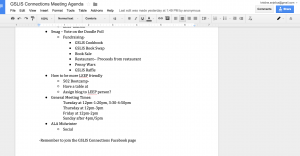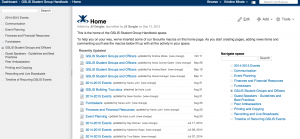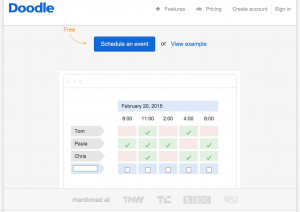Not sure what to post? Maybe Credo can help!
A friend of mine who helps with social media in her company sent me this link from Credo Reference with a list of Tweets/posts libraries could use for the month of March. They seem to have something listed for almost every day of the month and most of them are eye-catching enough while only using a few words.
The page mentions that libraries can often get busy and may not have time to think of something creative to post so Credo Reference has offered to help. However, I also think that this could be a nice starting point for libraries – they can browse through this page for some ideas, such as posting a tweet about someone famous born on March 10, or an International Holiday that is celebrated on March 21, or a random fun fact, and the list goes on. They can also provide a link to their collections if they have anything that relates to Tweet/post or promote another service they offer.
Since today is St. Patrick’s Day, the tweet they have is:
Kiss this Topic Page, It’s Irish http://bit.ly/17ZVwkF
I searched for other social media content libraries could use and Forbes had a list of 100 ideas. They may not be as specific as Credo’s list, but they offer some good advice – fill in the blank, link to a guest post, behind the scenes photos, asking questions, etc.
Can you think of other ideas in staying creative on social media or find other links?
—
Reference:
“100 Killer Ideas For Your Social Media Content” by Jason deMers. http://www.forbes.com/sites/jaysondemers/2014/06/25/100-killer-ideas-for-your-social-media-content/
“March Social Media Content for Libraries.” http://blog.credoreference.com/2015/02/march-social-media-content-for-libraries/
 http://www.lis.illinois.edu/helpdesk/forums_lists
http://www.lis.illinois.edu/helpdesk/forums_lists


